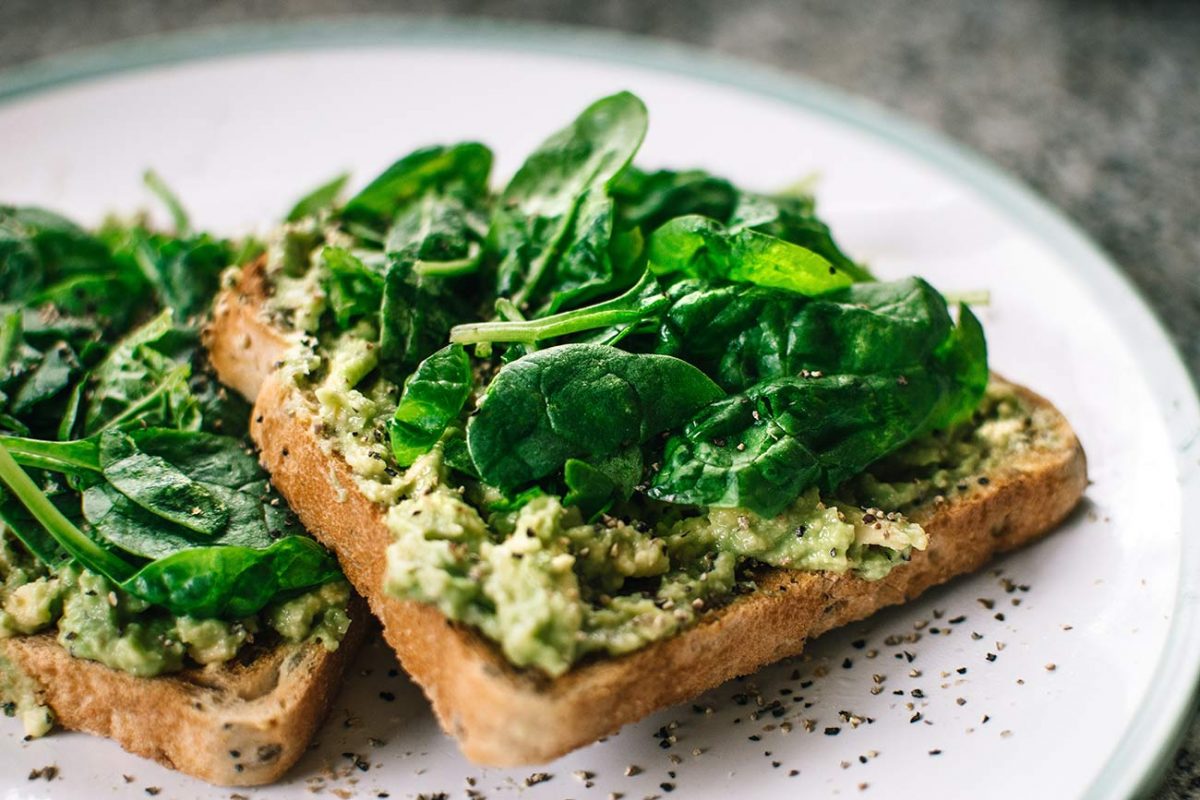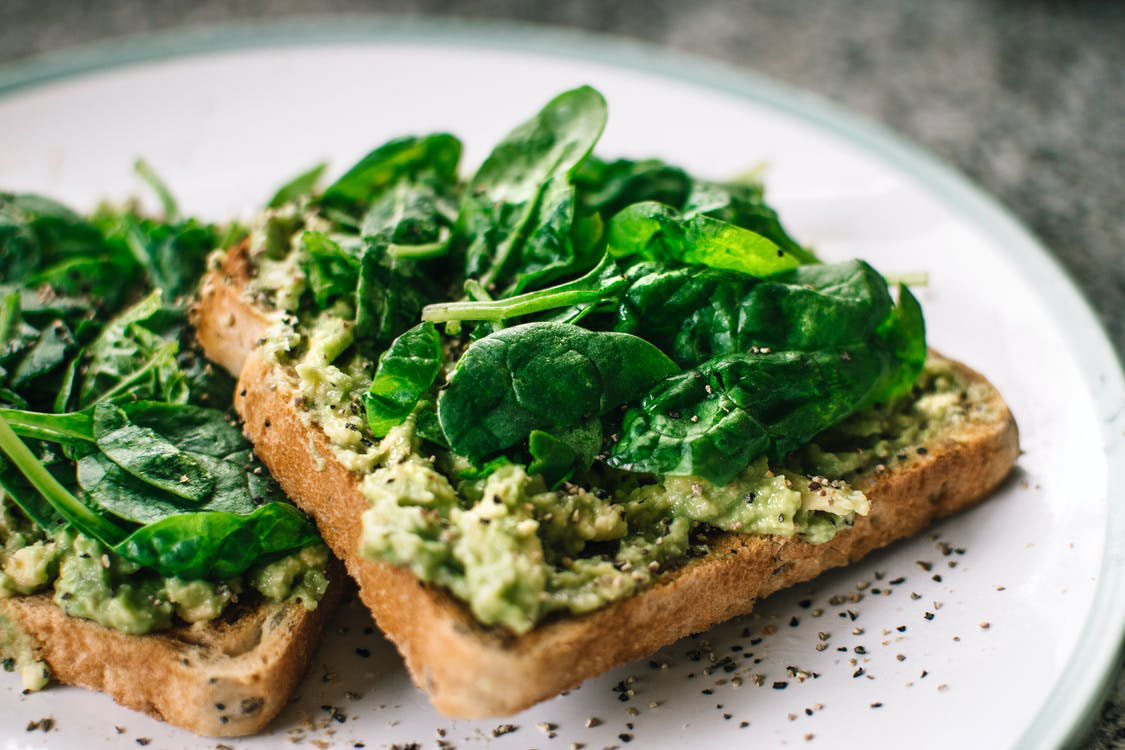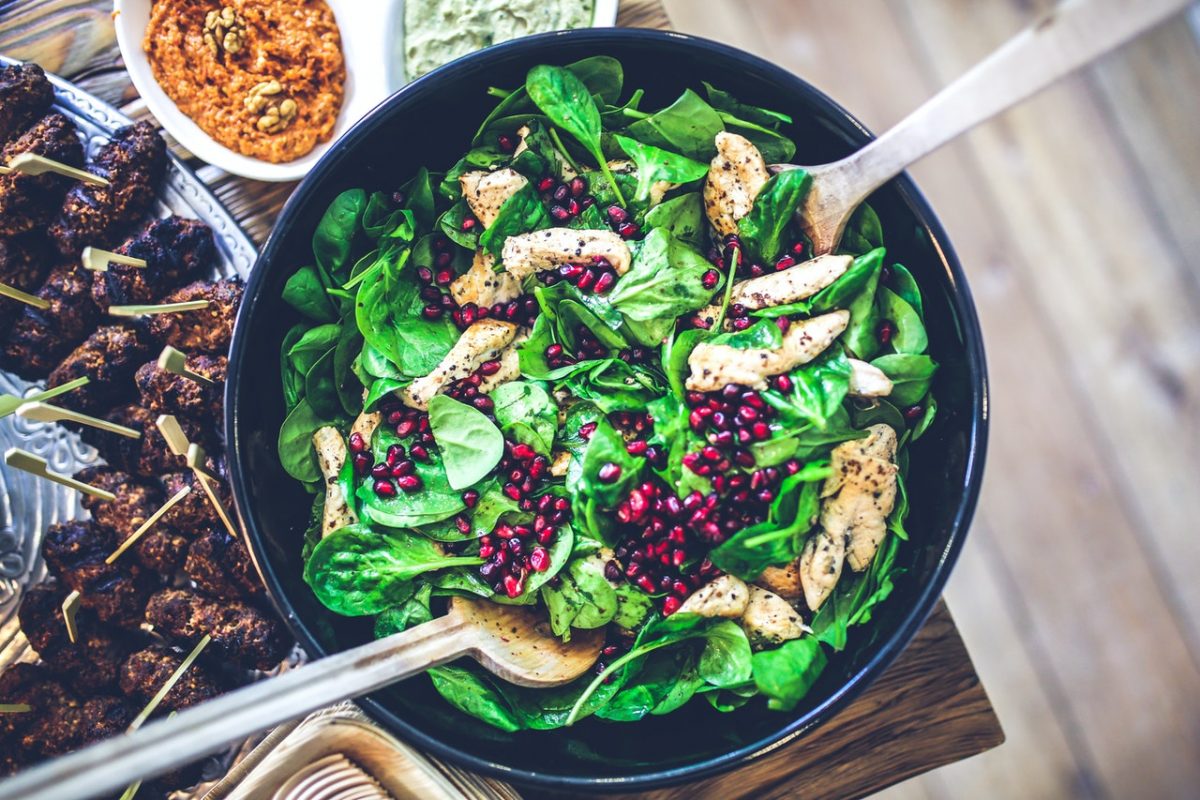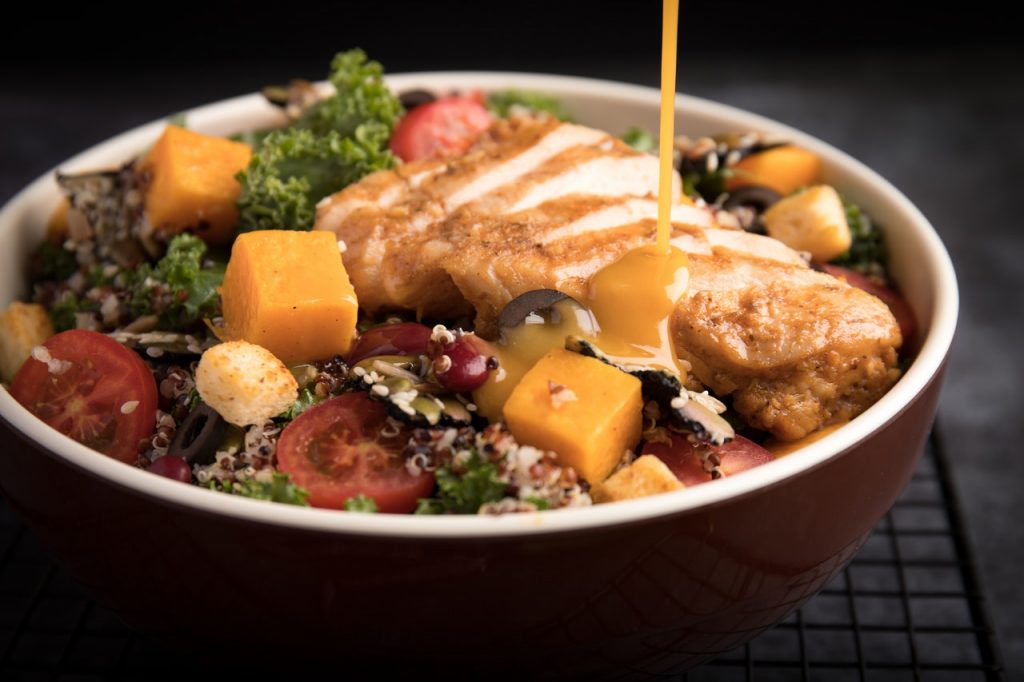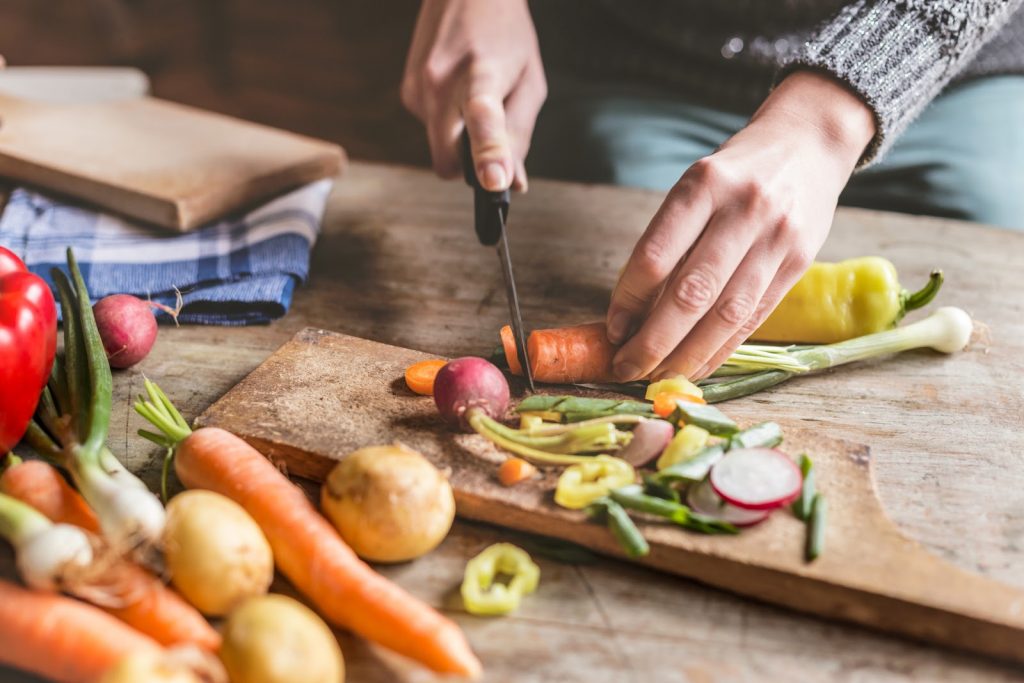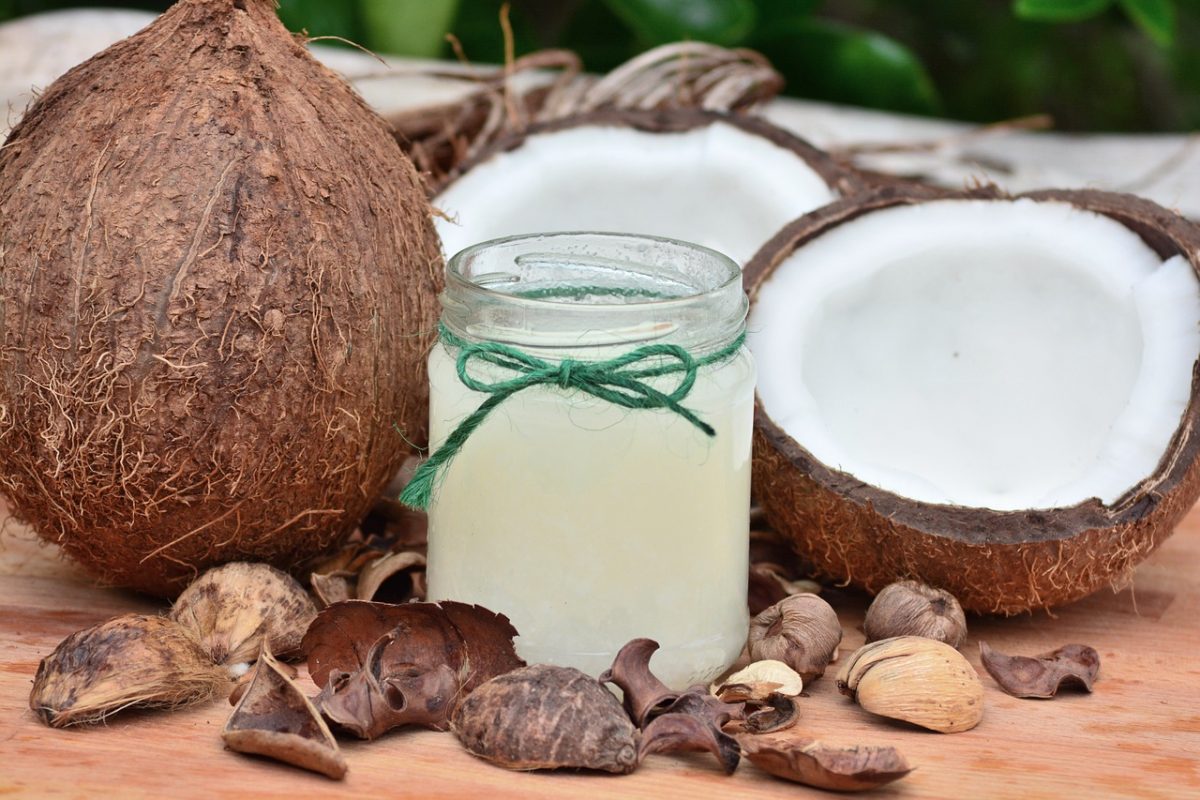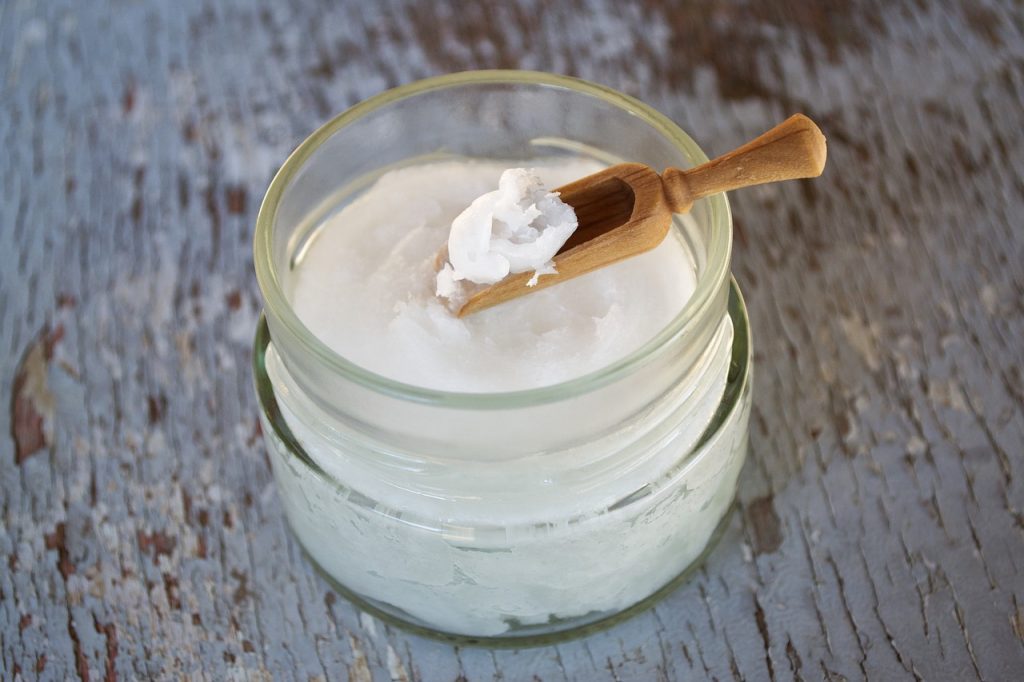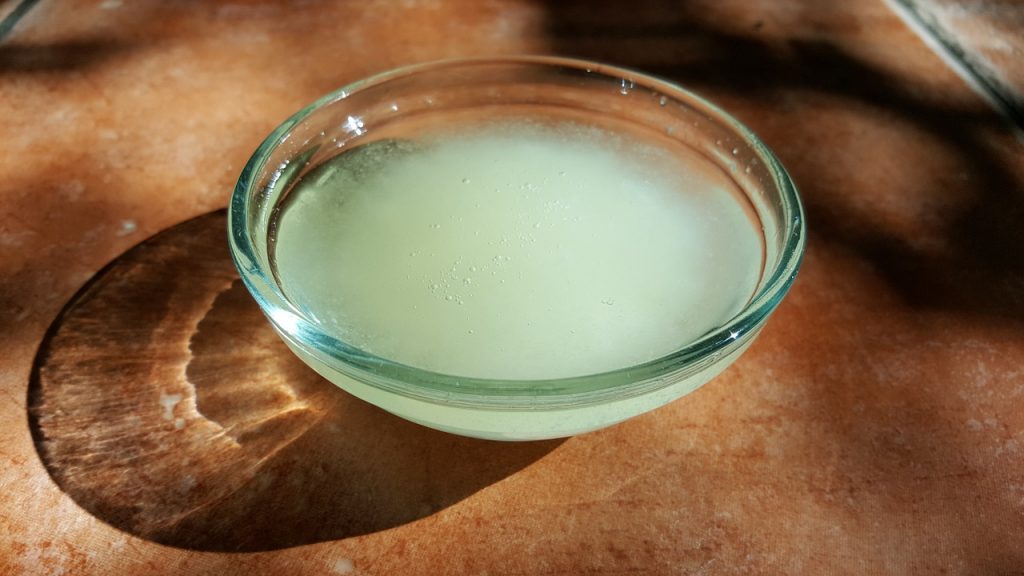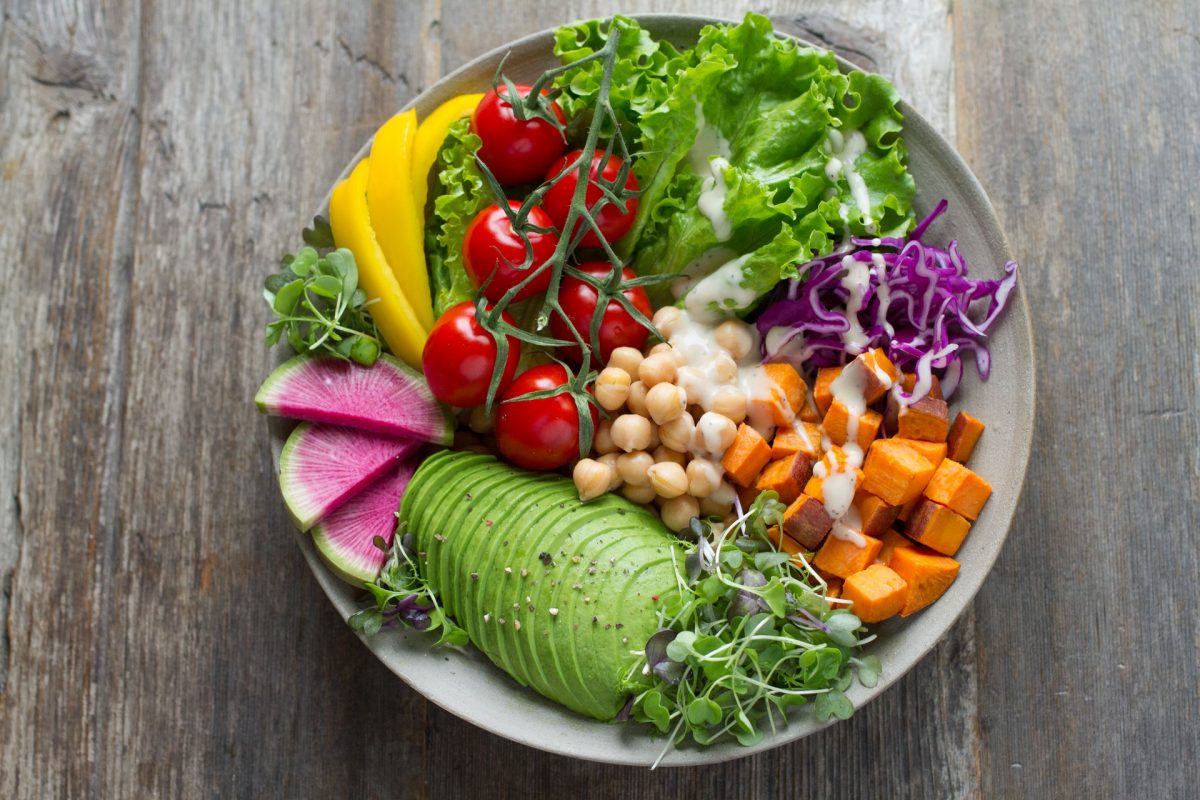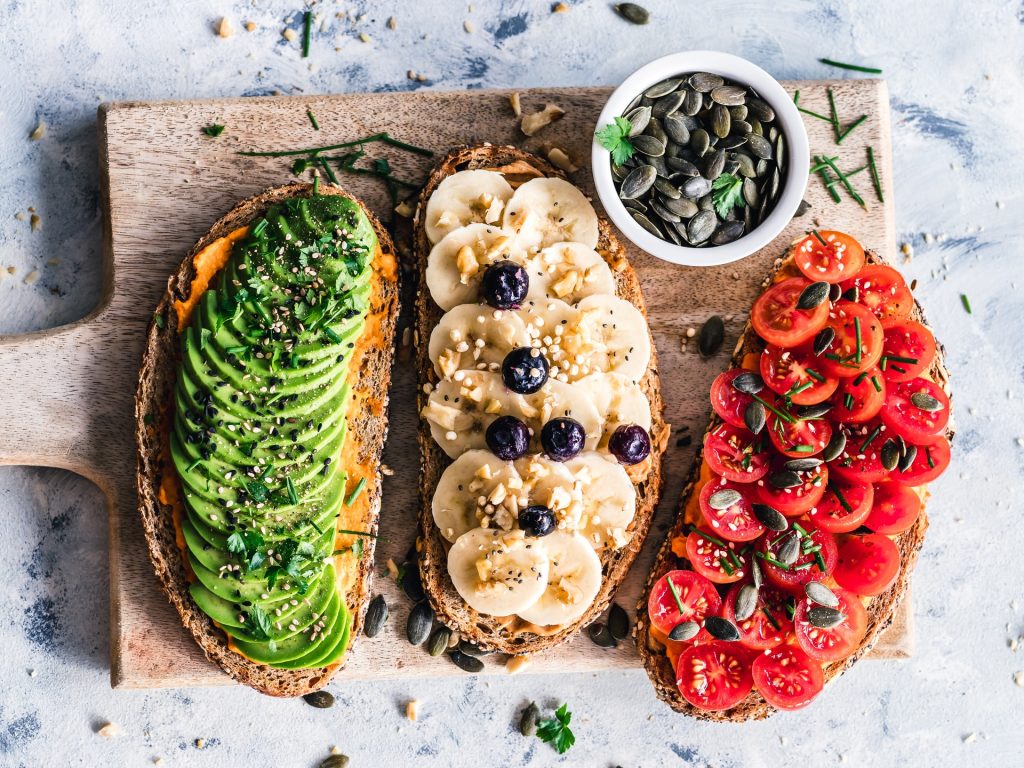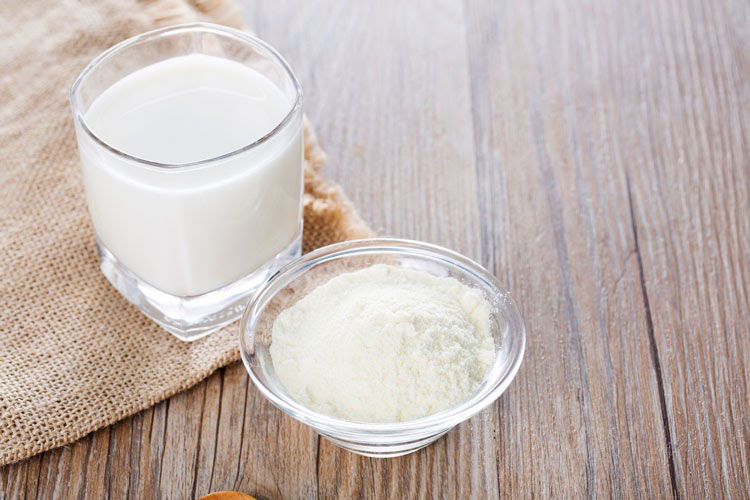When you decide to explore veganism, there can be a number of health benefits that come with it. For example, you may lose weight and have improved heart health. A vegan diet can also be nutrient-packed, as long as you’re relying primarily on fruits, vegetables, nuts, seeds, and beans to fuel you.
There’s research showing that going vegan can lower your blood sugar and improve your kidney function, plus there’s the possibility it can reduce your risk of developing certain types of cancers.
While there are many health benefits that come from a vegan lifestyle, it’s not always easy to make such a big leap into plant-based eating. You don’t have to go all-or-nothing.
Instead, there are ways to transition to veganism gradually. Some of those are highlighted below.
Swap Out Ingredients
One easy way to start dabbling in veganism and make some positive changes in your health and wellness is to swap out ingredients for vegan alternatives.
Maybe your entire recipe isn’t vegan, but instead of using half-and-half or milk, for example, you could use cashew milk.
Over time you can work toward having recipes that are entirely vegan.
Have Vegan Days
Designate a few days of every week where you commit to veganism, and then eat as you normally do on the other days.
You could start with one day a week, and then gradually go up from there, as you’re ready and more comfortable with it.
Another option is to be vegan during the day, and then in the evening, you could eat animal-based foods if you wanted to.
You could set a limit for yourself where until 6 p.m., you eat only vegan.
These are just ideas that you can consider to find what works for you.
Learn Along the Way
You may find the more you learn about veganism, the more committed you become to the lifestyle.
Get familiar with what it means to be vegan versus being vegetarian, for example.
A lot of people find that learning more about where animal-based foods come from and how they’re processed helps them to commit to veganism more fully.
As you learn, you may also be able to find more personal motivation, and that can be what drives you toward being more vegan in your life.
For example, you could find that the environmental impact of eating meat is your primary motivation, as you’re learning and educating yourself.
Be Mindful of What You’re Eating and Make Sure It’s Healthy
You do have to realize when you follow a vegan lifestyle, it’s not inherently healthy because it’s vegan. You want to avoid too many processed foods, for example, because even though they might technically be vegan, they could still be empty calories.
You also need to make sure that you’re mindful of how much protein you’re getting. There are great vegan sources of protein, and any kind of protein will help you feel fuller and more satisfied, which will lower the risk of overeating.
Vegans need to also consider vitamin B12 and D3 supplements unless you’re sure that you’re getting enough of these from your food.
However, even with a balanced diet, it’s a good idea to take some supplements, such as Vegan Vitamins Gummies, to make sure that your body is getting everything it needs for proper functioning.
Some vegans find that it’s helpful to have their healthcare professional monitor levels of vitamins in their bloodwork. You don’t want to supplement if you don’t need it, but if you are deficient in certain vitamins, it can cause serious health effects.
Connect with Other Vegans
Veganism can become somewhat of a lifestyle, and people who follow it often find that it helps them to have support from people who understand it.
Try to connect with other vegans if you can.
Going online and joining social media groups is one simple way to do this.
Then, you have not only social support, but you can learn more about veganism, share recipes and even find out about events.
Explore Vegan Restaurants Where You Live
Finally, one other way to get excited about the concept of veganism and to explore it more fully is to go to restaurants in your community that have a vegan menu. Here, you can really get a taste of how good vegan foods can taste, and you might even meet people who are vegan that whom you can start sharing your experiences.
Vegan restaurants are a good way to get started because they show you how versatile the menu items can be and give you a basis for getting creative with how you eat.
The more you go at your own pace in your quest to be a vegan, the more successful you’re likely to be at the lifestyle.

